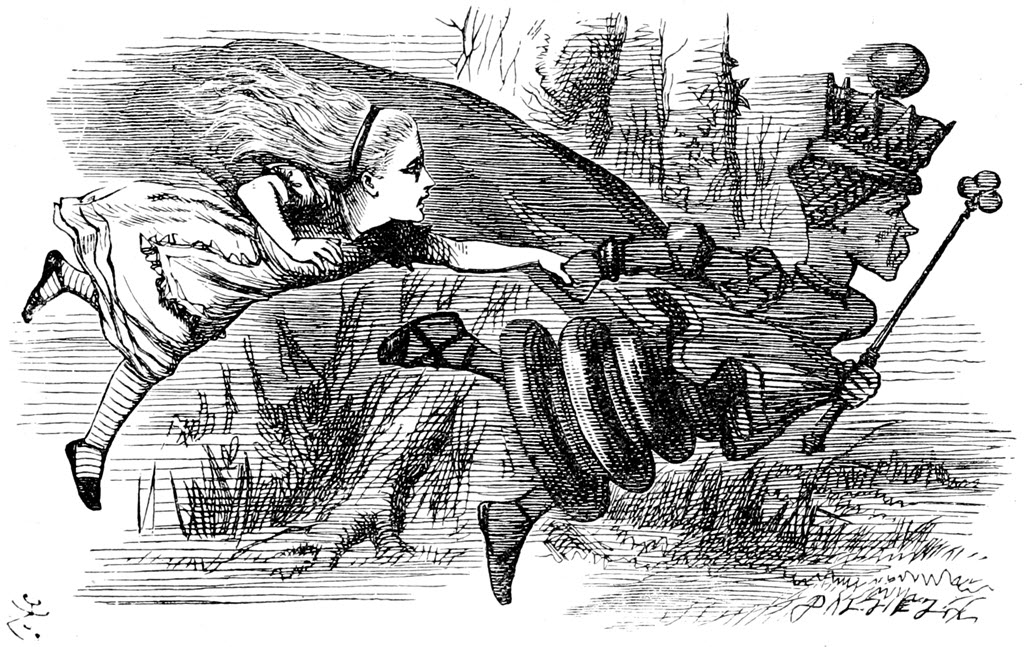
AI & Society
A series of articles about the most significant technology shift of our lifetime
1 Overview
Our world is all AI, all the time, sure, obviously.
What does that mean?
We have the vague idea that big things are happening but it’s hard to see where we’re going – everything is changing so fast and the AI tools are so unexpected. It’s been less than three years since ChatGPT was introduced!
I’ve been thinking Deep Thoughts about how AI will change our world in the next few decades.
There are two possibilities that turn up most often when analysts and pundits chat over coffee. Let’s call them the Optimistic scenario and the Pessimistic scenario.
Optimism: Hundreds of billions of dollars are being invested in the belief that AI is a foundational technology, as important as the invention of the printing press, the industrial revolution, and the development of electricity. In the optimistic vision, AI is the force behind a sweeping economic revolution, transforming how we do our jobs, driving faster growth and improved standards of living. Entirely new categories of employment will drive massive gains in productivity and a windfall of trillions of dollars in global GDP. Companies like PwC and Goldman Sachs are bullish on AI’s potential.
Pessimism: Piffle and tosh, say the skeptics. Equally passionate analysts believe the grand promises will never be realized. In their view, there might be modest gains in productivity as AI is implemented, but there will be high implementation costs, a significant failure rate for AI projects, and real-world friction. In this view, overinvestment in AI infrastructure and overvaluation of tech companies is creating an unsustainable economic bubble that may cause anything from inflation and stagnation to a financial crash. Penn Wharton and MIT economist Daron Acemoglu argue that AI will have a nontrivial but modest effect on GDP in the next decade.
Vanguard’s global chief economist Joseph Davis has written a new book, “Coming Into View: How A.I. and Other Megatrends Will Shape Your Investments.” Vanguard has been modeling the potential outcomes for society in what Mr. Davis calls “a tug of war between artificial intelligence and an aging society.”
Vanguard estimates that the optimistic scenario has a 45 to 50 percent chance of happening. The company assigns the pessimistic scenario a 35 to 45 percent probability.
Pfft. I don’t believe either of those for a second. Granted, Vanguard is one of the world’s largest investment management companies, with 20,000 employees managing $11 trillion, but does that mean Vanguard analysts are smarter than me? Yes, yes it does. But put that aside – that breakdown doesn’t work for me.
So I’ve spent the last few weeks reading and thinking and researching and lying down when it all gets to be too much. The lying down part is a personal favorite, five stars, recommended.
Imagine my surprise that I kept finding reasons that the future is more complicated than those simple scenarios would suggest. So I came up with a third scenario.
Nuance: In this scenario, the future world shaped by AI will be a complex, hybrid reality defined by significant friction, uneven societal effects, and profound challenges in governance. Productivity gains will be significant but uneven. The labor market will be fragmented. AI will not lead to a uniform outcome for all workers. The concentration of AI development among a few powerful companies could exacerbate social inequality and undermine public trust, regardless of the technology’s economic output.
Let’s try to make this simple. Will AI be good for the world, or will it be a destructive force? Are we launching a transformational shift that will restructure society, or is AI overhyped, with modest effects that won’t outweigh other negative trends? Are we heading toward an AI-powered renaissance, or stagnation and social disruption?
The answer is an unambiguous Yes.
I’m going to write a series of articles about the societal impact of AI. By the end, I think you’ll completely agree with me that the best response any of us can make to AI as individuals is to flap our hands and say, whatever, what the hell, let’s have a glass of wine and look at the sunset.
But you’ll be far better informed about that dismissive hand wave, and that counts, right?
AI’s effect on the work force, and some advice

Optimists and pessimists agree about one aspect of the coming AI dominated world.
AI will disproportionately displace young, entry-level workers in AI-exposed fields.
AI is not going to cause mass unemployment. But the labor market is undergoing a fundamental restructuring – call it a bifurcation.
“Grunt work” is being automated. Those are the routine entry-level tasks that have historically served as the training ground for developing skills. These tasks—such as summarizing documents, debugging code, data entry, resume screening, and drafting reports—are essential for learning the fundamentals of a profession. As AI performs these functions more efficiently, the economic incentive for companies to hire junior staff diminishes.
Examples of AI-exposed fields: computer programmers; customer service representatives; legal and administrative assistants; accountants and auditors; marketing roles for proofreaders, copy editors, and graphic designers; call centers and telemarketers.
Those aren’t the only professions that will feel the effects of AI. The obvious broad categories are healthcare, finance, transportation, law, education, and entertainment.
But the bifurcation of the labor force caused by AI means there are already widespread signs of layoffs, hiring freezes, and reduced demand for entry-level roles in the AI-exposed fields.
It’s easy to see the potential for a crisis in the talent pipeline if the traditional training grounds disappear.
But AI might also erode the skills of people already holding those jobs. The term “AI lock-in” describes employees who become overly reliant on AI systems. The more professionals outsource critical thinking, creativity, and problem-solving, the less they practice them, leading to a silent erosion of expertise. This creates a vicious cycle where a lack of skilled human experts leads to greater dependency on AI, which in turn accelerates skill erosion and creates future talent shortages.
Don’t think of any of this as an excuse to put your head in the ground and refuse to use AI tools. That’s an invitation to become obsolete in a hurry.
Instead, use AI tools to enhance your work, helping you focus on more creative, strategic, and high-value activities. We are all in the Red Queen’s race in Alice In Wonderland, forced to run faster and faster to stay in the same place.
Remember that smart guy Joseph Davis at Vanguard? He has some advice for you. It’s not just a thought problem, it’s an action item and the sooner you start, the better off you’ll be.
If you’re 20 and in college, or if you’re 35 and your career is well under way, or if you’re in your 50s and you still have ten or fifteen years until retirement: try to automate your job away with AI. Work as hard as you can to learn the new AI tools and use them to replace what you’re paid so handsomely to do. Here’s what Davis said on a podcast:
“Either of two things are going to happen. Either I’m going to get 30% or 40% more productive, which means I have a case at the end of the year to ask my boss for a raise and I could help my peers. Also, if we’re in a flat job labor market—let’s be honest, life is competitive. I want to be more productive than the economist sitting next to me. So that’s helpful.
“The other one is, you start to find out, you know what, AI can do 60% or 70% of my job, maybe not today, but I can see the writing on the wall. That gives you a little bit of time to start thinking about tangential occupations. Is that a fun consideration to think about? No, but you have a little bit of time to think about what I would do in perhaps the second chapter of my career. Either way, it’s going to be beneficial to you over, say, a two-year period.”
Not every job will be directly displaced by AI. Jobs that involve your body and your hands are less likely to be affected by AI. Those aren’t safe either – many have been and will continue to be disrupted by automation and robots, a related but separate area.
In the next few articles, I’ll describe the optimistic and pessimistic scenarios in more detail, along with my thoughts about nuances that will make the future more complicated than either of those projections take into account.
There are also important things to consider in the current political climate of the United States. There will be no agreement on federal policies or regulations governing AI for the foreseeable future. Our de facto deregulatory approach will have consequences for the US labor market and society – and you have to know a little bit about what’s going on in the EU and China too.
More Deep Thoughts coming up. Oh stop it, that’s a promise, not a threat.
